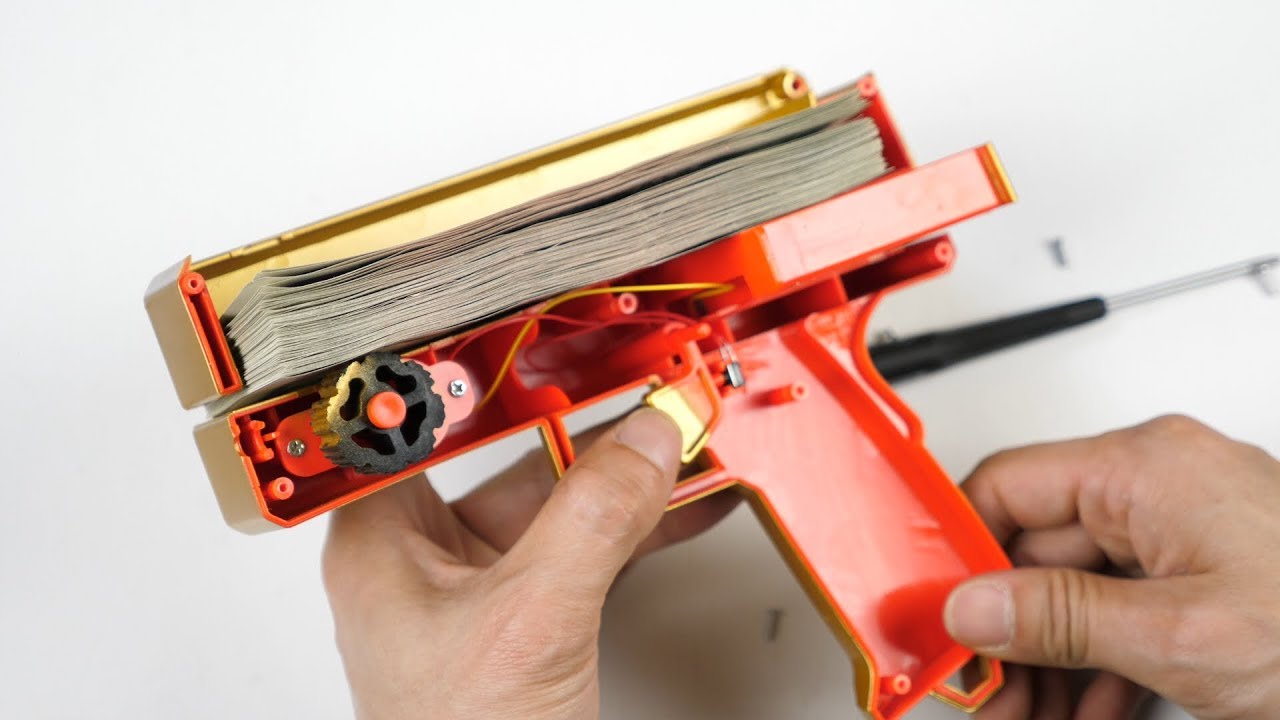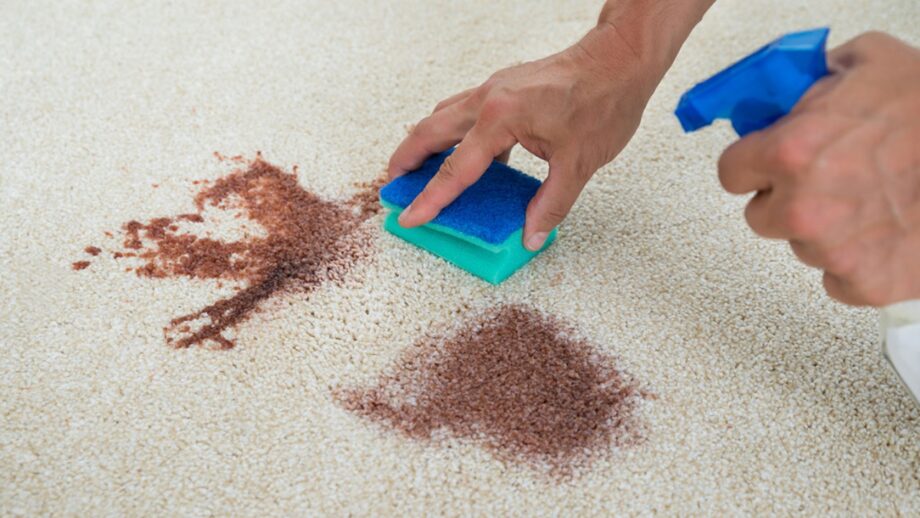Chimney cleanliness is crucial, and it is recommended to clean it at least once per year. Eventually the soot and creosote build up inside the chimney and pose such risks as chimney fires and poor draft.
Fireplace chimneys need to be cleaned frequently, not only for the sake of the fire it produces but for health hazards such as CO₂ leakage. If you have used the chimney and then ensure it is well cleaned, then there will be no chimney related problems during the cold season, notes Pillar Property Management, a leading property management Brandon MB company.
Understanding the Importance of Chimney Cleaning
Let us first discuss why chimney cleaning is important before we go any further about how to clean your chimney. After continuously using the chimney, it is filled with soot, ash and creosote which is a tar-like substance. If not cleaned, these substances will limit the flow of air hence rendering your heating system inefficient and increasing chances of blockages. In extreme cases, the accumulated creosote becomes combustible and can ignite—with a great danger to your home and loved ones.
Furthermore, since the carbon monoxide is choked inside the chimney, it may circulate back into your house posing severe risks to you and your family. Proper chimney maintenance eliminates these risks and keeps you safe and warm during the winter.
Things You Should See to Ensure Your Chimney Is Clean
Before diving into how to clean your chimney, you need to know that you’ll need the following tools:
a. The chimney brush; must be of the correct size as per the chimney width and you can find chimney brushes online.
b. Handling brush; with extendable rods or a rope system.
c. Vest and accessories (gloves, goggles, and a mask).
d. A drop cloth or a plastic sheet; to avoid soot from penetrating and dirtying other parts of your home.
e. Chimney or flashlight camera for inspection.
f. Vacuum for cleaning up debris.
How to Clean Your Chimney: Chimney Cleaning Checklist
a. Prepare Your Work Area
Do not start without first covering the areas around your fireplace area; lay down a drop cloth or heavy-duty plastic sheet to catch the falling debris. It is advisable to wear protective clothing to avoid irritation by soot and dust to your eyes and throat respectively.
b. Inspect the Chimney
You can use a flashlight or chimney camera to check for the internal condition of a chimney. The most important things to look for are signs of accumulated creosote, soot layers, or even any blockages such as animal nests.
c. Brush the Chimney
Depending on chimney height, use a chimney brush fitted onto an extendable rod or a rope and brush system to clean the walls of the chimney flue. Ensure that you get onto every part of the flue and the process should be done in a manner that covers the entire flue from top to bottom in order to get as much of the soot and creosote as possible.
d. Clear the Debris
There may be some scattered soot and it can be vacuumed to effectively remove it.
e. Final Inspection
The chimney must also be rechecked after cleaning to check whether some residue was left and whether any obstruction which prevents the smoke from freely moving was not effectively cleaned.





